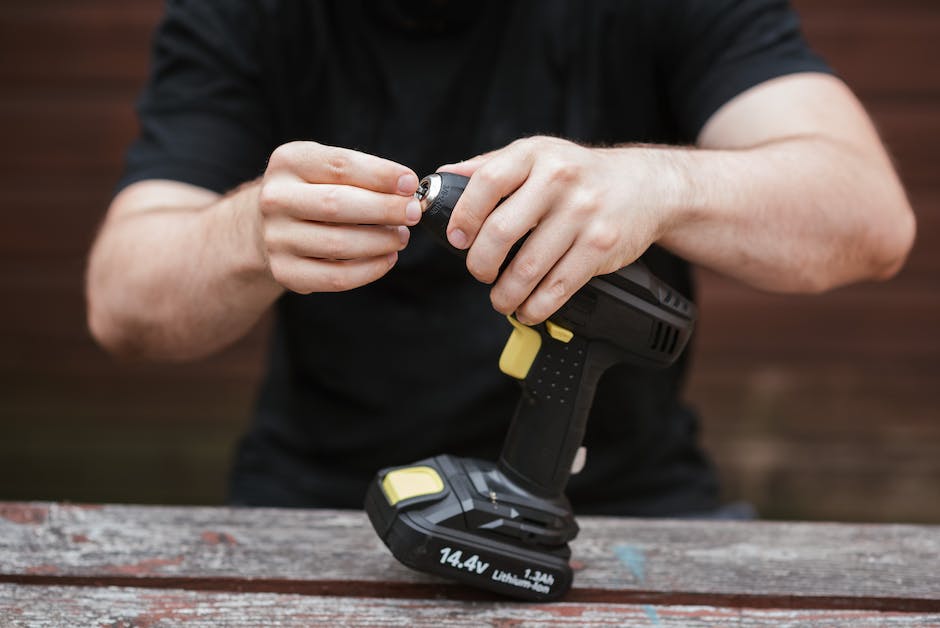What Are The Components Of Seo?
Search engine optimization (SEO) is an ever-changing field that continually experiments with new strategies to make your website more visible in search results. It’s a very interesting process, but one that requires careful planning and implementation.
Simply put, SEO changes how well your site functions to draw in visitors. By optimizing your content, linking to relevant pages, and tweaking settings, you can maximize the number of people who visit your site via searches.
The better your site ranks, the more traffic you will get! There are many different types of SEO, but some things stay the same — making sure your website looks professional and clear cut calls attention to yourself as an authority in your area. This makes your online presence noticeable to others.
There are several websites where you can find free or low cost SEO methods, so why not give it a try? Many experts agree that trying out a few practices is a good way to see what works for your site and what doesn’t.
On-page SEO

More specific keywords are your site’s best friend. By optimizing your pages for these targeted terms, you increase your rankings in search engines like Google and Bing.
On-site optimization means making sure that each page of your website has been designed to include content related to those target keywords. It also includes ensuring that these keywords are written with proper grammar and punctuation.
By doing this, not only will these words be found by potential customers, but they will be seen as relevant and interesting by potential readers who may find them through backlinks or via social media.
That is why it is so important to create engaging content – people will share what they think is good material! Read more about how to optimize your sites here.
Off-page SEO

Finding new readers is an ongoing process that requires constant effort to succeed. You can’t just sit back and wait for people to find your website! Instead, you have to actively promote it by creating content to share it with others, linking to related material, and developing relationships in the community to spread word about it.
This is what makes off-page SEO so important. It doesn’t necessarily make direct connections with other websites but instead uses various strategies to create exposure for your site including blogs, social media, forums, and more.
By adding these components to your search engine optimization (SEO) strategy, they all work together to bring more traffic to your site. Read on to learn more about some of the off-page tactics used to boost SEOToolbox.com’s SEO.
The importance of links

Links are one of the most important components in SEO. This is because they play an integral part in how well your website functions and how highly or poorly it performs in search engines.
When optimizing your site for seo, you will focus heavily on producing quality content. But aside from writing about relevant topics, there’s something that can be just as (if not more) important to look at.
Links!
The reason why links are so essential to ensuring your success in SEO comes down to two things: link popularity and link diversity.
Link popularity refers to the number of times your URL appears linked to another page or site. More popular URLs will have higher PA’s (Page Authority) than less popular ones.
A high PA means that people will associate your url with greater importance or prestige due to its position on the internet. A low PA URL may still work for you, but investing time into linking to similar, higher PA pages is likely worth it.
Diversity refers to the types of sites that link to your own. If all of your links come directly from your business domain, then other websites might give you lower PAs since they don’t feel like they know you.
By adding external links to your site, they create trust for your brand and increase your PA slightly. Some examples of diverse links would be YouTube, Wikipedia, and Business Insider.
Creating a website

A well-optimized website means ensuring that your web browser can access the various websites resources such as JavaScript, CSS, and HTML properly and quickly.
This is an important factor in how fast or slow you will feel while browsing the internet. If any of these components are not working correctly, it will affect how smoothly you can navigate through pages and apps on the site you are visiting.
Making sure all three of these components work efficiently is an integral part of good seo.
There are some free tools to check this for you. You can typically find them by doing a quick Google search or checking out specific seo forums and blogs.
Google and other major search engines have their own ways to check speed, but using different browsers can also help determine which parts of the site are causing issues.
Designing your website

When it comes to optimizing your site for search engines, there are two main areas that you can work on. The first is designing your website, and the second is making sure that all of the content on your site is optimized for search engines.
When it comes down to it, SEO means ensuring that your site uses good web design and makes use of important online marketing tools.
That includes using an easy-to-use CMS (Content Management System) like WordPress or Joomla!, which most websites have these days. These CMSs make it simple to update pages, create new ones, and manage comments and emails!
You also need to be very careful about how you structure your website’s navigation. Finding ways to connect each page to one another, as well as to the rest of your site, helps people find what they are looking for quickly.
Using keywords in your domain name, URL, and header tags helps Google and other search engines determine who your site belongs to and what you want to say to potential users. They look at everything from the length of time it takes to load a page to whether there are pictures or not to determine relevance.
There are many free and paid apps and services that can help you with this, but nothing replaces doing it yourself consistently. It may feel tedious at times, but investing in SEO will pay off in the long run.
What your website should do

The term SEO, or search engine optimization, is mostly made up of five components. These are changing your URL, creating content for pages, using keywords in those pages, making sure your site has good HTML, and altering settings on some platforms to better promote engagement.
Changing your URL is what you use to access a webpage. For example, if my article’s title was “How to Become Famous On YouTube Using Only Your Camera,” then my url would be www.zacharyjamesonline.com/how-to-become-famous-on-youtube-using-only-your-camera/.
Creating new content includes writing articles or other material intended to contribute to your online presence. This could include writing about how to bake the best chocolate chip cookies, teaching people how to do yoga, or telling someone else how to make their own surf board!
Keywords are important because they help websites show up in searches. If your goal is to increase traffic to your site, investing time into finding appropriate keywords will pay off.
Making sure your site uses strong HTML means ensuring that every element of the page (like fonts, pictures, headers, etc.) have been optimized for users to view, understand, and interact with. Settings refer to things like caching, domain names, and platform preferences.
How to choose your website theme

Choosing an appropriate theme for your site is another important step in ensuring that people are able to find your content efficiently. A well-designed theme will help make your site easy to navigate, which makes it more likely to get clicked on and visited.
It also contributes to the success of your online presence by giving your site some style and tone.
The way your site looks can influence how people perceive you or your business!
By being aware of this, you will take time to design and develop your own styles and learn from others’ designs, you will succeed.
How to choose your website content

Writing for the web is very different from writing for print or radio, where you can use an outside source’s style as a reference. The average person using search engines to find information will not appreciate overly marketing-style content that seems self-consciously important.
Content should be written with the reader in mind. It should be clear, informative, and engaging! If you have enough time, you can create content that appeals to others but is also well optimized for search algorithms.
But first, you must decide what kind of content you want to write. You can start by defining three main types.

